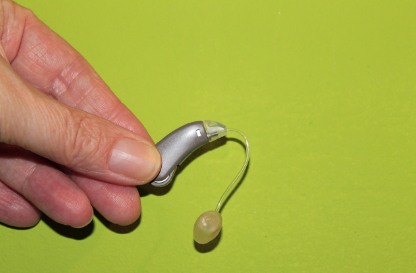
Occupational therapy is a powerful tool that enhances the quality of life for those struggling with Parkinson’s and reduces the disease’s negative impacts.
Occupational therapy has become a cornerstone of treating individuals living with Parkinson’s Disease (PD). PD is an often-debilitating neurological disorder that impacts the quality of life for many affected by the condition. Occupational therapists play a vital role in helping individuals adapt and cope with their diagnosis by using various techniques to improve physical abilities and increase daily independence. In this article, we’re going to delve into occupational therapy’s impact on treatment outcomes for those living with PD, from restoring dexterity to aiding communication difficulties.
Parkinson’s disease is a neurological condition that affects movement. The disease is caused by the loss of dopamine-producing brain cells, leading to tremors, stiffness, and difficulty with balance and coordination. These symptoms can worsen over time and make it challenging for people living with Parkinson’s to carry out daily activities. However, with the help of experienced occupational therapy Adelaide, those living with Parkinson’s can learn strategies to manage their symptoms and improve their quality of life. These therapies can include exercises to improve mobility, lifestyle changes to reduce stress, and adaptive equipment to assist with tasks that have become challenging.
Parkinson’s disease is a progressive neurological disorder that can greatly impact a person’s mobility and quality of life. One way to address these challenges is through experienced occupational therapy Adelaide. Occupational therapy focuses on helping individuals with Parkinson’s disease maintain their independence and function in daily activities. Treatment may include exercises to improve balance and coordination, recommendations for adaptive equipment or modifications to the home, and activities to promote cognitive function. By working with an occupational therapist, individuals with Parkinson’s disease can improve their overall well-being and maintain their independence for as long as possible.
Various treatments are available to help manage symptoms of Parkinson’s disease, including medications, surgical procedures, and therapies. One therapy that has been proven to be effective is physiotherapy. This therapy focuses on enhancing the strength and flexibility of the muscles to improve movement and overall well-being. Occupational therapy is another option that helps people with Parkinson’s disease maintain their independence and engage in daily activities. Speech and language therapy can also be effective in treating the speech and swallowing difficulties that often accompany the disease. It is vital for individuals with Parkinson’s disease to work closely with their healthcare providers to identify the best therapies for their unique needs.
To conclude, occupational therapy has been a powerful tool to both enhance the quality of life for those struggling with Parkinson’s Disease as well as reduce the disease’s negative impacts. Not only is OT beneficial in helping people manage symptoms, but it also facilitates healthier and independent functioning that can help individuals rebuild their confidence and strength. Furthermore, OT can provide emotional support and involvement with social activities like art classes, cooking classes, gardening, or even weekly conversation groups that can offer essential companionship. Ultimately, understanding the value of occupational therapy and embracing the strategies it provides are invaluable steps towards a fuller life while living with Parkinson’s Disease. It is a person-centred approach grounded in evidence-based practice that creates an opportunity to self-regulate and take ownership of one’s wellness journey. Occupational therapy transforms lives daily no matter where treatment occurs, at home, at a clinic or within the community.





